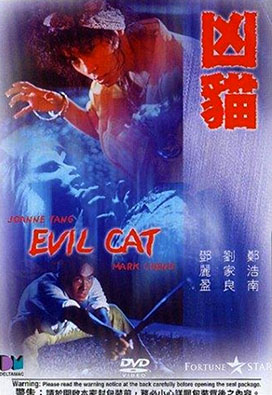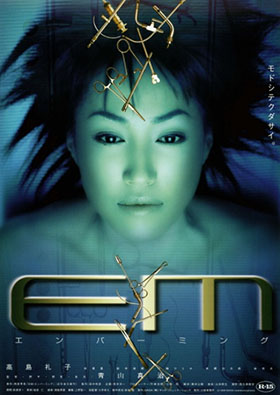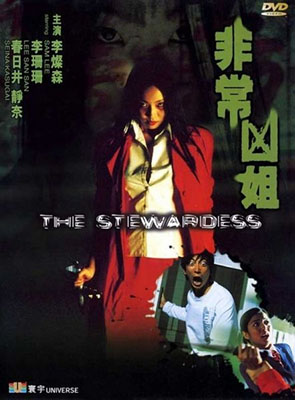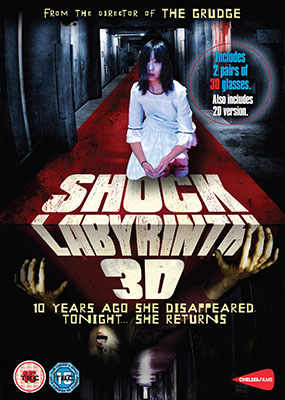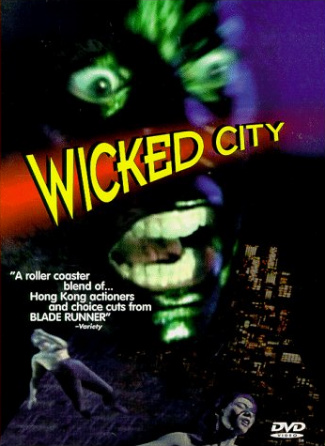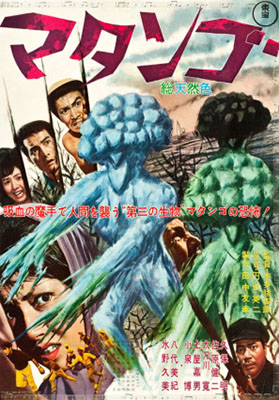
Matango (1963)
On a sailing excursion, a mixed group of disenchanted socialites and working class sailors get caught in a storm. With their communication and navigation equipment destroyed, the group drift for days until they come upon a seemingly uninhabited island. While searching for food on the island, they discover an abandoned ship run ashore on the other side of the island.
Inside the moldy vessel loaded with radiation research equipment, a captain’s log records the crew losing their sanity over the lack of food. The log also warns against eating the matango mushrooms that grow on the island because they cause insanity. While the group struggles to find food and repair the sailboat to escape the island (especially after some ghostly apparitions appear one night), some become too hungry and consume the mushrooms despite the warnings. Before long, symptoms far worse than insanity begin to plague the matango eaters and the remaining crew must fend themselves against unimaginable horrors.
This has got to be the strangest motion picture from Toho Films in the 1960s (aside from Frankenstein Conquers the World). Ishiro Honda, director of the original Godzilla and many other Kaiju (giant monster) films, brings the wild and weird Matango (AKA Attack of the Mushroom People AKA Fungus of Terror) to life. With sumptuous cinematography and a genuinely tense and creepy atmosphere, this is definitely not your average mushroom-horror film.
Another lavish part of the film are the sets and the locations. The magnificent tropical island blends seamlessly with the dank jungle where the matango thrive. The abandoned ship which the castaways use as their home on the mysterious island is very detailed and creates many opportunities for spooky moments, none of which are missed. The costuming and the makeup on the mushroom creatures as well as the humans in the process of turning into giant mushrooms are both top notch.
The cast is awesome and expertly conveys the growing tension aboard the claustrophobic quarters they find themselves as well as their terror as they begin to realize something is terribly wrong on the island. It’s hard to imagine a cast looking at the script for Matango and not jumping ship (literally). From the gratuitous musical number(s), overtones of sexual repression, hallucinogenic mushroom use, and seven and half foot laughing phallic symbols, these folks had their work cut out for them.
Matango is custom made for fans of creepy horror films or just plain freaky Japanese cinema. With themes of urban decay and the loss of innocence poured into its already intoxicating concoction, this film is impossible to ignore and will no doubt be showing up time and again on the shelves of J-horror and Toho buffs. I implore you. Please, do not eat the mushrooms.
